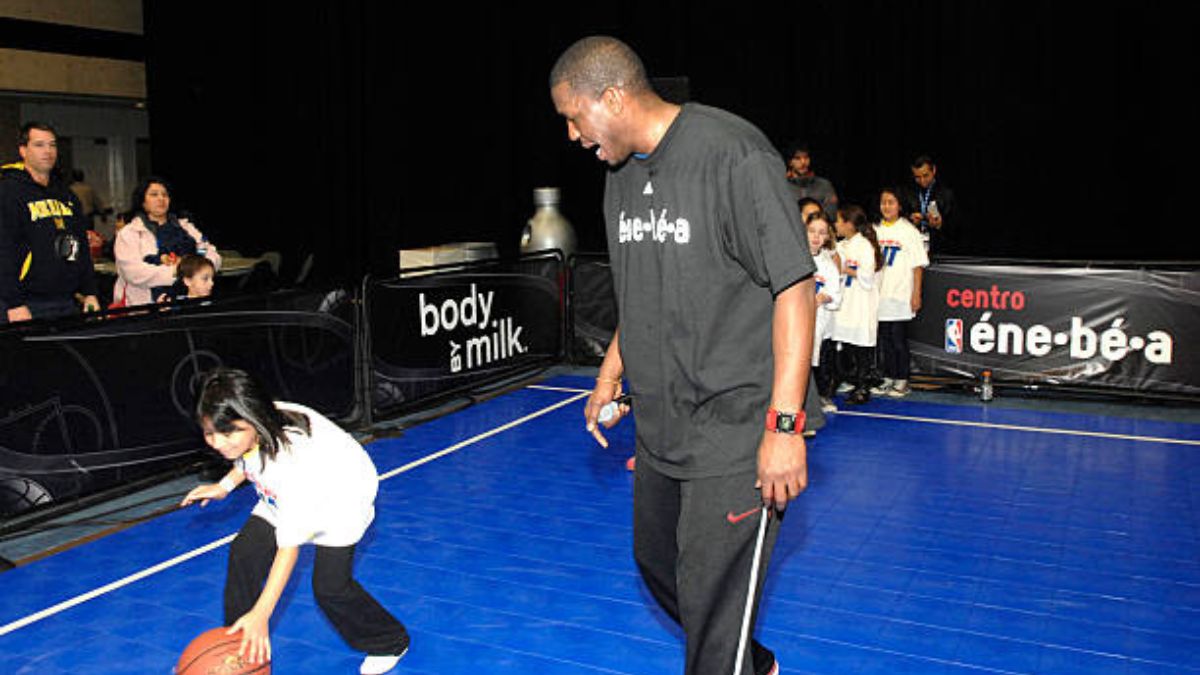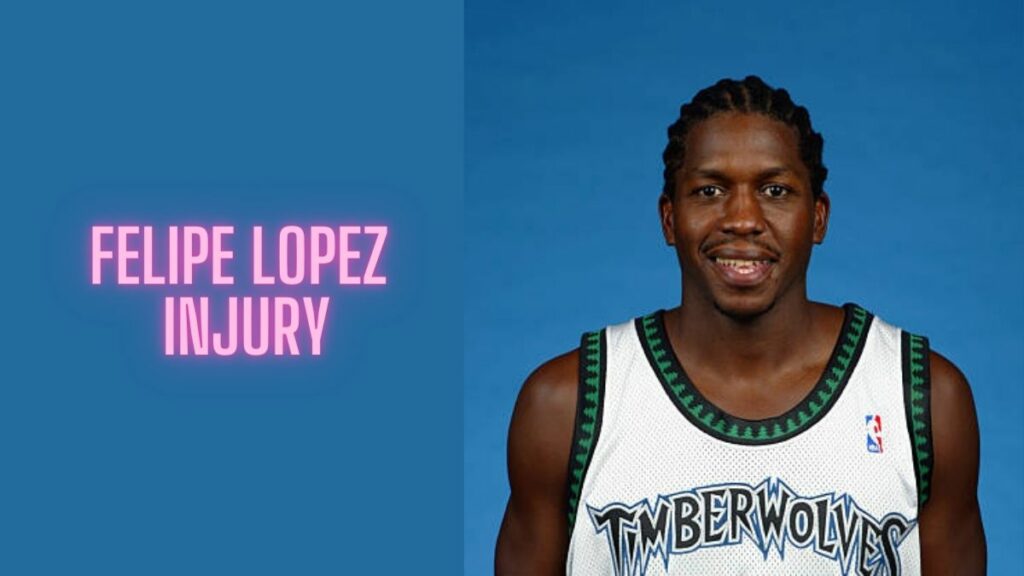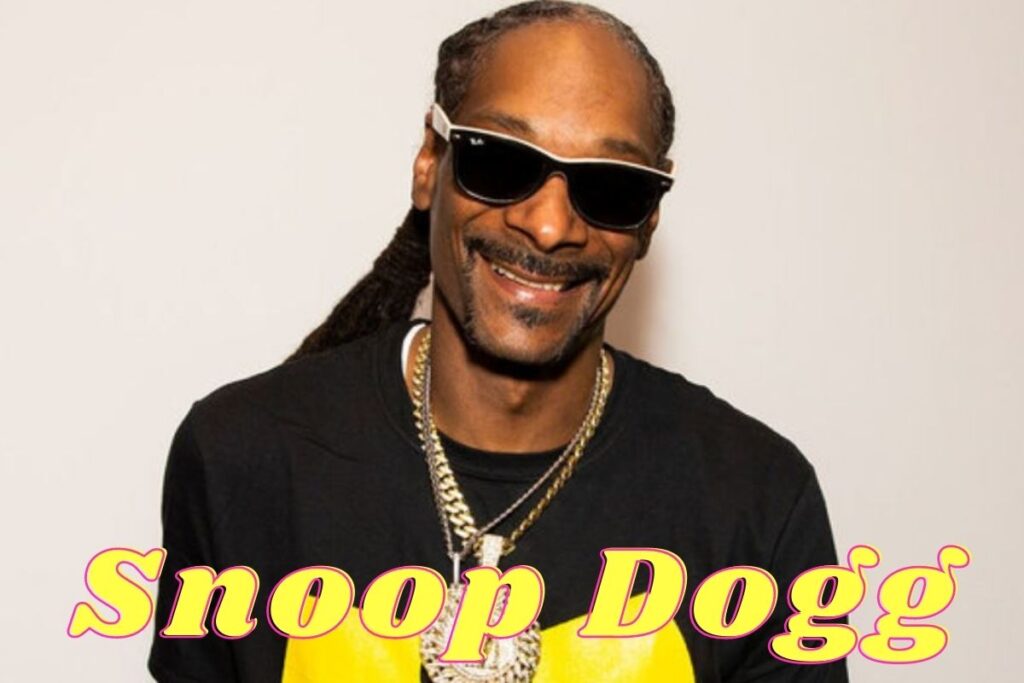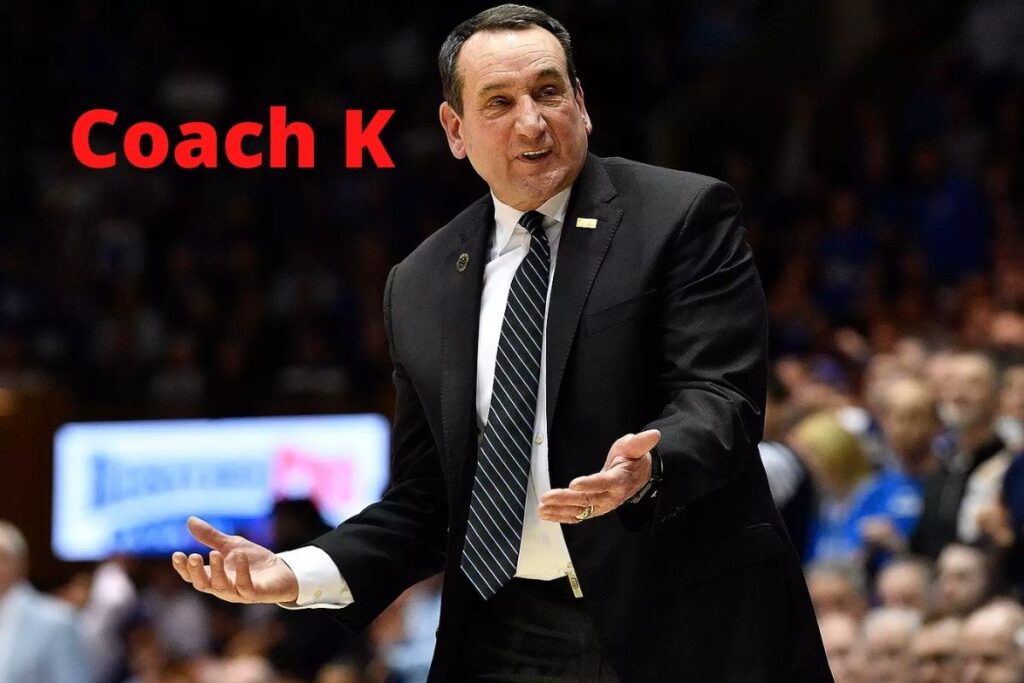Felipe Lopez had forgotten what it’s like to be the centre of attention.
That would have been unimaginable 25 years ago when he almost owned magazine covers and newspaper headlines. But other than when it was time to advertise a movie about him, he had been out of the public eye for some time.
Then, everything rushed back to mind. Lopez laughed and remarked, “I forgot that we are the capital of media. I’m going from 7 in the morning until like 7:30 at night for the past two days.”
“I forgot that we are the capital of media,” Lopez said with a laugh. “I’m going from 7 in the morning until like 7:30 at night for the past two days.”https://t.co/THD6VN7O3V
— CBS 21 News (@CBS21NEWS) April 30, 2019
Think back to when he was the basketball star of New York.
In “The Dominican Dream,” which had its world premiere over the weekend at the Tribeca Film Festival and premieres Tuesday night on ESPN, his story of a can’t-miss child who ended up being more of a miss than a hit is told.

In the early to mid-1990s, Lopez was a highly anticipated high school superstar from New York who stayed in the city to play at St. John’s, where he was never able to live up to the expectations that were equal to or greater than anything Zion Williamson faced this year at Duke. He later had a relatively forgettable professional career and embraced the chance to make people remember him. Felipe Lopez’s struggle and fame are covered in his documentary.
“People always wonder like, what happened to me? What happened to Felipe?” “A lot of people was able to get the story from the outside point of view, but not really get an in depth of everything and I think what the film is providing people is a little bit more of the in depth about not just my personal life, my triumphs and my lows, but also the story about perseverance and family.”
As a 14-year-old eighth grader from the Dominican Republic, Lopez, a basketball prodigy from a nation where baseball reigns supreme, moved to New York. He led Rice High School to a city and state title in just a few short years, was ranked higher than Allen Iverson as the best player in his high school class, and his press conference announcing he will attend home-schooled college was must-see television for his admirers.
Check out the following if you’re curious as to know about the injuries of other notable people:
- Why Did Sabrina Ionescu Underwent Surgery For Ankle Injury?
- Injury Status Of D’Angelo Russell In The Lakers And Rockets Game
- Myles Brennan Injury: What Happened to Myles Brennan?
In the movie, Lou Carnesecca, a former St. John’s coach, says, “I can’t think of anybody that got more publicity. He got eight pages in the Daily News. General Eisenhower, who won World War II, only got three.”
In the years that followed, those pages were chock-full of bad news. Lopez eventually qualified for the NCAA Tournament only during his senior year 1998. Adam Silver posted an Instagram post where Felipe Lopez was seen with dual-language middle school students at the Basketball City.
It’s possible that he would have been better off leaving earlier than that, as he was advised to do. Lopez would have been a high draft pick before his freshman year, when he was on the Sports Illustrated cover, or even afterwards before the years of college allowed scouts to analyze his game.
But when it came to departing early, Lopez added, “we had no idea what the implications were. So that’s the reason why some decisions were made, just based on what I believed coming from the Dominican Republic, of staying on St. John’s and forsaking the opportunity to go to the NBA.”
He eventually made it there after being selected in the late first round in 1998. He played five seasons, averaging 5.8 points, before a knee injury ended his career. Take a peek at the official tweet posted by Timeless Sports.
His life hasn’t been successful, but his professional career was mainly successful. In the 20 years since he became the first member of his family to earn a college degree, Lopez has been involved in the community through his nonprofit foundation, NBA Cares, and as president of a community centre basketball team in the Dominican Republic. He has occasionally visited St. John’s to speak to players about what it takes to be a pro.
“I think my story transcends to other people because this is the reason why we come here, and this is the reason why we struggle to learn the language so that we can become a success story,” he added.
So how would he answer the question about what happened to Felipe Lopez, which he is sometimes asked?
“Nothing. I’m alive. I’m good. I’m working,” Lopez stated. “I’m running a nonprofit and trying to become the bridge to a lot of young talent I look at like myself, looking for an opportunity to make a difference for their family, for themselves, their community.”
“And I know that I’m providing those opportunities for some kids.”
Check out our website if you want to learn more about topics like these.




